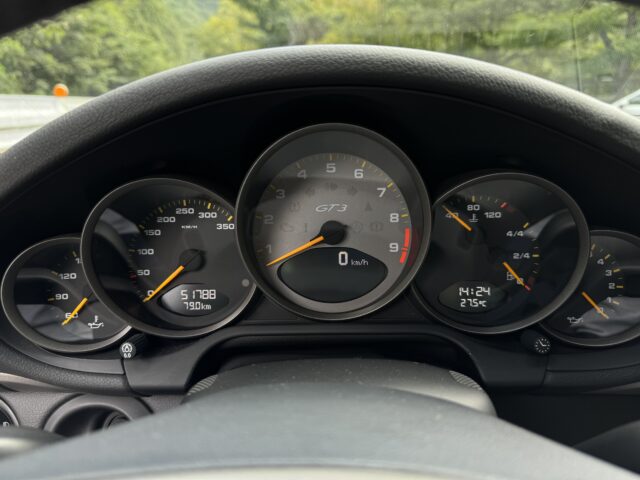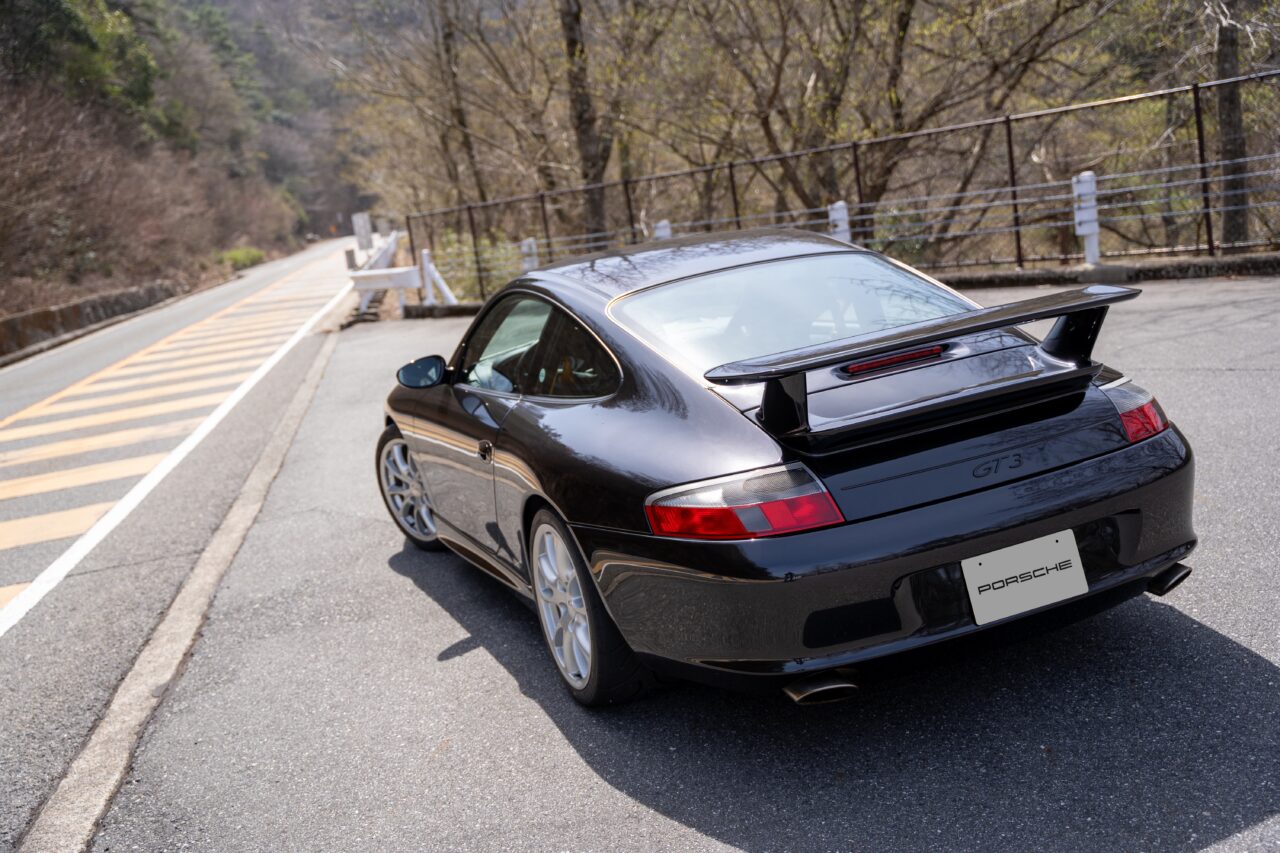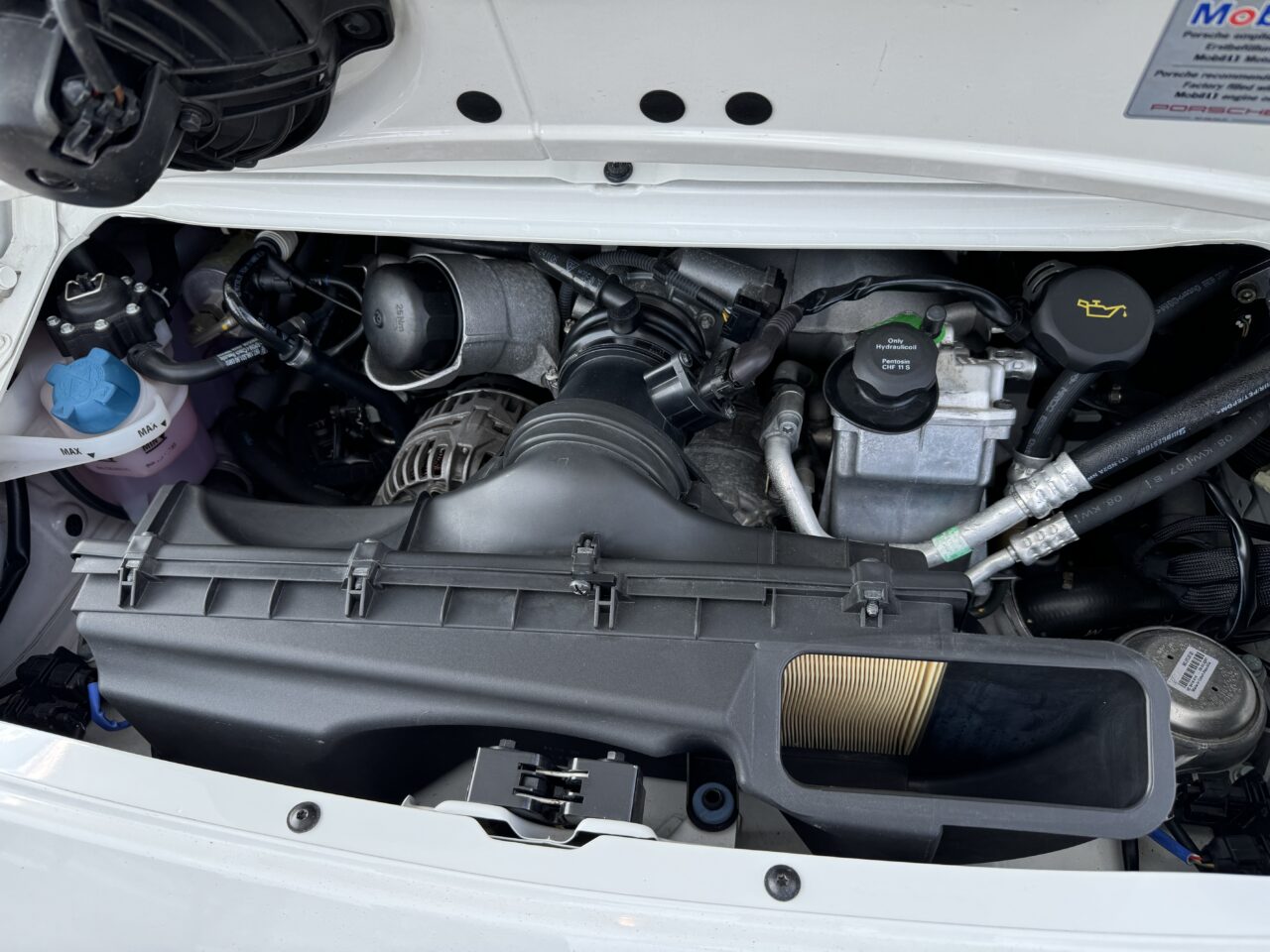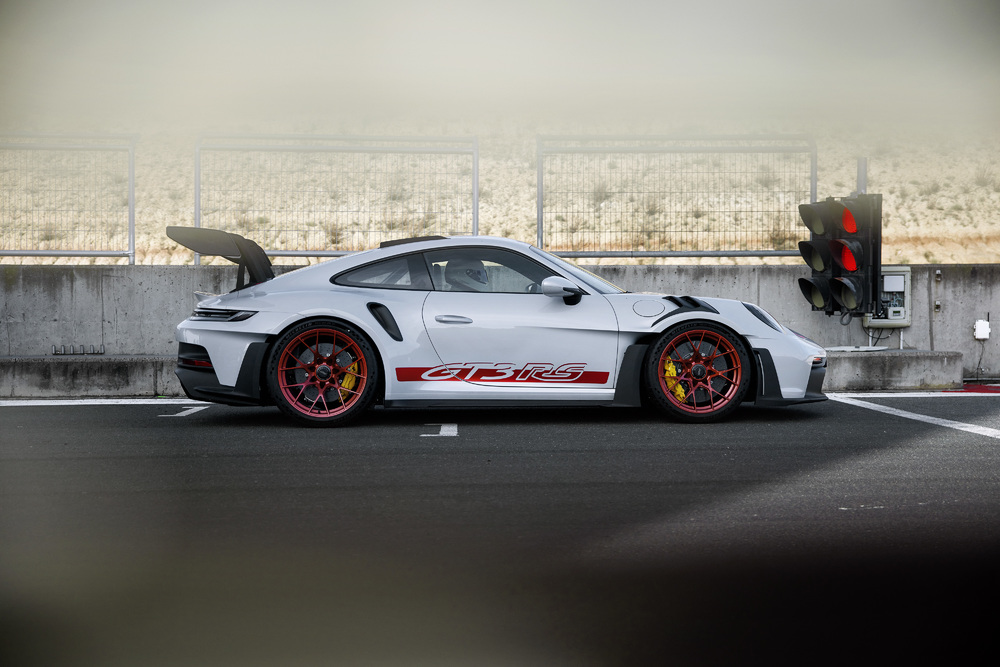A Look Back at the History of the Porsche 911 GT3 Engine
公開日:2025.02.06

For me, the GT3 is synonymous with the 991.2 GT3 Touring Package.
I bought it a few years ago driven by my admiration for the GT3, but while I was deeply impressed by its incredible performance, I also felt the frustration of not being able to fully enjoy pressing the accelerator on public roads. As a result, I ended up selling it after about a year and a half.
Although I don’t regret selling it, I often find myself wishing I could experience that GT3 engine once again.
This time, I’ve focused specifically on the GT3 engine and put together a brief summary of its history, which I’d like to share.
コンテンツ
Engine Specs of the GT3 Models Over the Years
| Model (Type) | Displacement | Max Power | Max Torque | Rev Limit |
| 996.1 GT3 (1999) | 3,600cc | 360PS (265kW) | 370Nm | 8,000rpm |
| 996.2 GT3 (2003) | 3,600cc | 381PS (280kW) | 385Nm | 8,200rpm |
| 996 GT3 RS (2004) | 3,600cc | 381PS (280kW) | 385Nm | 8,200rpm |
| 997.1 GT3 (2006) | 3,600cc | 415PS (305kW) | 405Nm | 8,400rpm |
| 997.1 GT3 RS (2007) | 3,600cc | 415PS (305kW) | 405Nm | 8,400rpm |
| 997.2 GT3 (2009) | 3,800cc | 435PS (320kW) | 430Nm | 8,500rpm |
| 997.2 GT3 RS (2010) | 3,800cc | 450PS (331kW) | 430Nm | 8,500rpm |
| 997 GT3 RS 4.0 (2011) | 3,996cc | 500PS (368kW) | 460Nm | 8,500rpm |
| 991.1 GT3 (2013) | 3,800cc | 475PS (349kW) | 440Nm | 9,000rpm |
| 991.1 GT3 RS (2015) | 3,996cc | 500PS (368kW) | 460Nm | 9,000rpm |
| 991.2 GT3 (2017) | 3,996cc | 500PS (368kW) | 460Nm | 9,000rpm |
| 991.2 GT3 RS (2018) | 3,996cc | 520PS (382kW) | 470Nm | 9,000rpm |
| 992.1 GT3 (2021) | 3,996cc | 510PS (375kW) | 470Nm | 9,000rpm |
| 992.1 GT3 RS (2022) | 3,996cc | 525PS (386kW) | 465Nm | 9,000rpm |
| 992.2 GT3 (2024) | 3,996cc | 510PS (375kW) | 450Nm | 9,000rpm |
Looking at this, the first-generation GT3 had only about 360ps, which is less powerful than today’s Carrera and would likely be slower in acceleration.
However, when you actually drive the 996 GT3, its engine characteristics are completely different from a modern Carrera, with a breathtakingly quick rise in revs and an intoxicatingly engaging feel.
Over roughly 25 years, the power steadily increased with each generation, surpassing 500ps. Interestingly, the latest 992 late-model GT3 is the first to see a slight drop in torque, which is said to be due to environmental regulations.

The History of the GT3 Engine
The engines of the GT3 and GT3 RS models have steadily evolved with each generation, and the process can be summarized as follows.
The Metzger Engine Era (996/997)
The first and second generation GT3s were equipped with race-derived engines designed by Hans Metzger.
They featured a robust construction using a crankcase lineage tracing back to the air-cooled 911 and Le Mans racers (962/GT1), dry sump lubrication with an external tank, and extensive use of forged, lightweight parts for high-rev durability.
Initially, displacement was 3.6L, expanded to 3.8L in the late 997, and eventually to 4.0L. The intake combined variable-length intake runners (a VarioRam-like system) with VarioCam (variable valve timing), achieving strong mid-low range torque while allowing rapid revving beyond 7,000rpm.
Compression ratio started at 11.7:1 and exceeded 12:1 from the 997.2 onwards. Notably, the 997 GT3 RS 4.0 achieved 4.0L and 500PS, boasting an astonishing output density of 125PS per liter.
The Metzger engine consistently used port fuel injection, and while its electronic controls became more refined in later models, its fundamental design was motorsport-derived, making it extremely durable and reliable. It is famously regarded as the “ultimate naturally aspirated engine.”

Metzger engine with GT1 crank
The New Generation Direct Injection Era (991/992)
From the third generation 991 GT3, the engine design was overhauled, switching to a unit based on Porsche’s mass-produced direct-injection flat-six (type 9A1) tuned specifically for the GT3.
This raised the compression ratio further (12.9:1 in 991.1, 13.3:1 in 991.2), greatly improving combustion efficiency and power output.
With direct injection came enhanced piston cooling and knock control, enabling stable high-rev combustion even at high compression. The 991 expanded variable valve timing to both intake and exhaust sides (VarioCam), and added variable valve lift (VarioCam Plus).

The lubrication system changed from an external tank dry sump to an internal dry sump with seven scavenging pumps, maintaining oil pressure even under high lateral G-forces.
The 991.1 (3.8L) achieved 9,000rpm and 475PS, while the 991.2 (4.0L) reached 500PS. The 991 generation also introduced PDK transmissions and rear-wheel steering, enhancing the vehicle’s ability to put engine power to the road.
The 992 GT3 further improved with six individual throttle bodies and other race-inspired upgrades, boosting power to 510PS and delivering the best throttle response in the series. As a result, despite being naturally aspirated, it achieved a Nürburgring lap time under 7 minutes, rivaling turbocharged models.
Differentiation of the GT3 RS
In each generation, the GT3 RS generally inherits the GT3 engine but tunes it for higher revs, optimizes intake and exhaust, and further reduces weight to enhance performance.

While output remained the same in the early 996/997 models, from the late 997 onwards the RS gained a slight power increase (+15 to 20PS).
The larger displacement “RS 4.0” appeared in two generations (997 and 991), both reaching the 500PS mark.
The RS engines use high-rev cam profiles and lightweight moving parts to sharpen throttle response near the rev limit, chasing every fraction of a second on the track.
In recent 992 GT3 RS models, engine differences are minimal, but aerodynamic and chassis enhancements create a significant performance gap with the GT3, resulting in a substantial lap time advantage. The chassis evolution is a major factor here.
Looking at this, the 911 GT3/GT3 RS engines have consistently upheld the philosophy of “naturally aspirated, high revs, high output”, evolving materials technology, electronic controls, and intake/exhaust systems with each generation to balance power and reliability.
Even after more than 25 years since the 996’s debut, the 4.0L flat-six still reaches 9,000rpm and boasts an astonishing output density of over 125PS per liter—truly remarkable.

This is a testament to Porsche’s engineering and motorsport feedback, which is why the 911 GT3 is rightly called a “race car you can drive on public roads.”
In today’s world of environmental regulations, I personally look forward with great interest to how this tradition will continue to evolve.
このブログが気に入ったらフォローしてね!


Comment ( 0 )
Trackbacks are closed.
No comments yet.